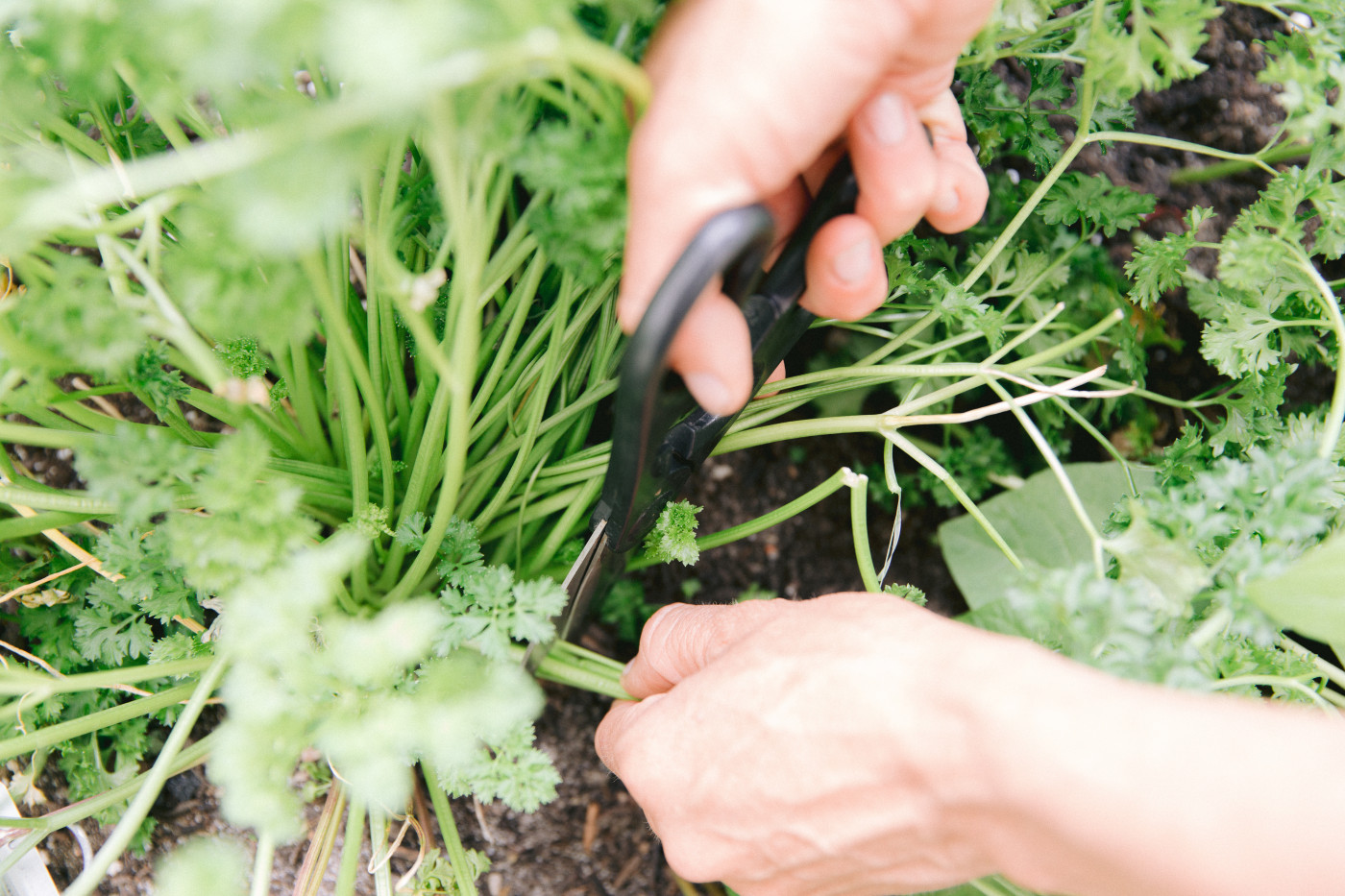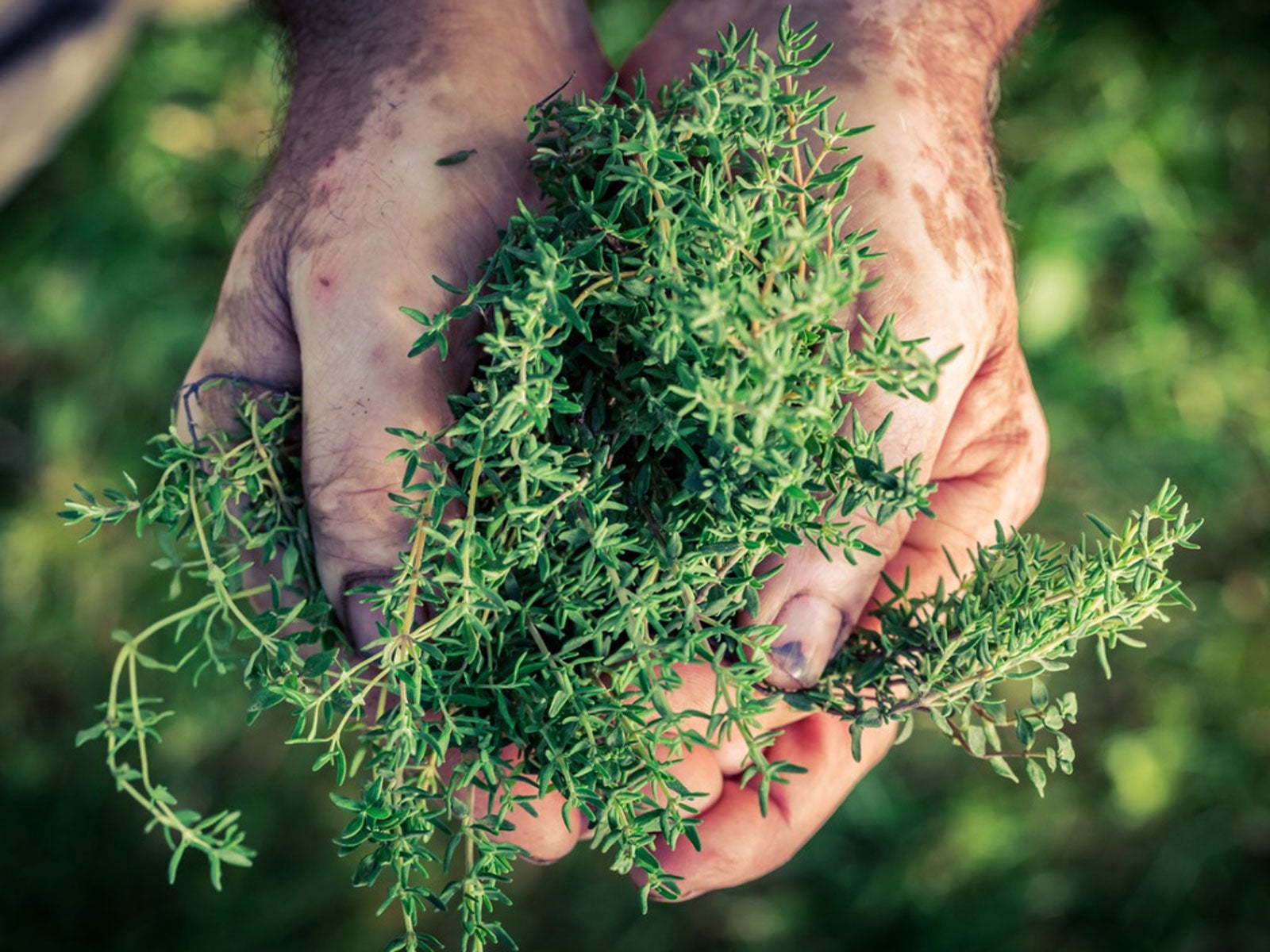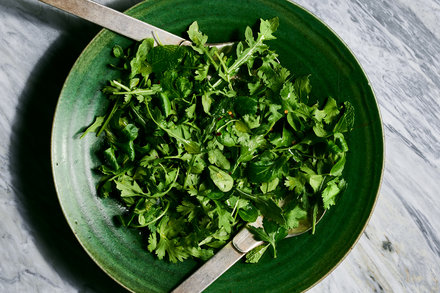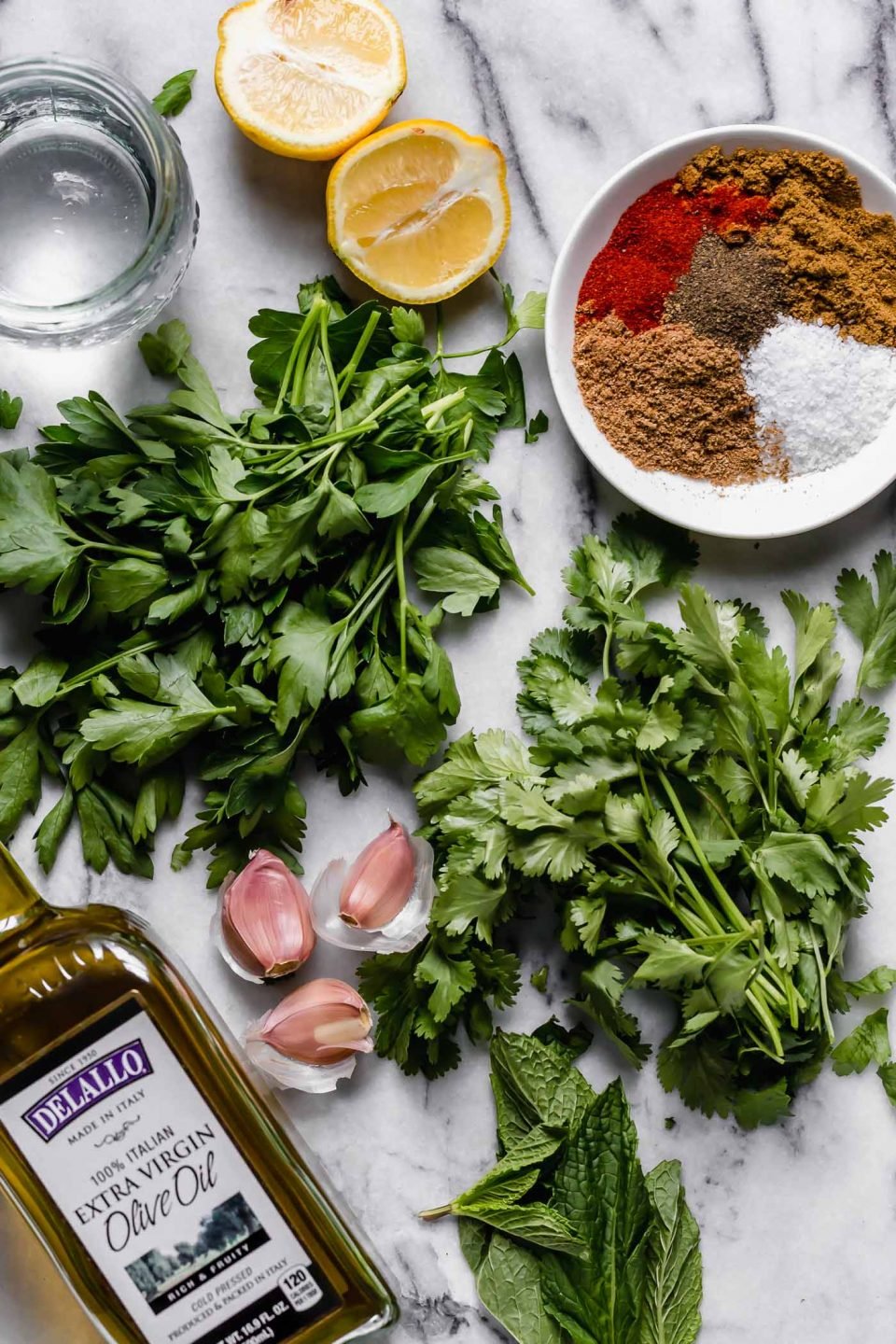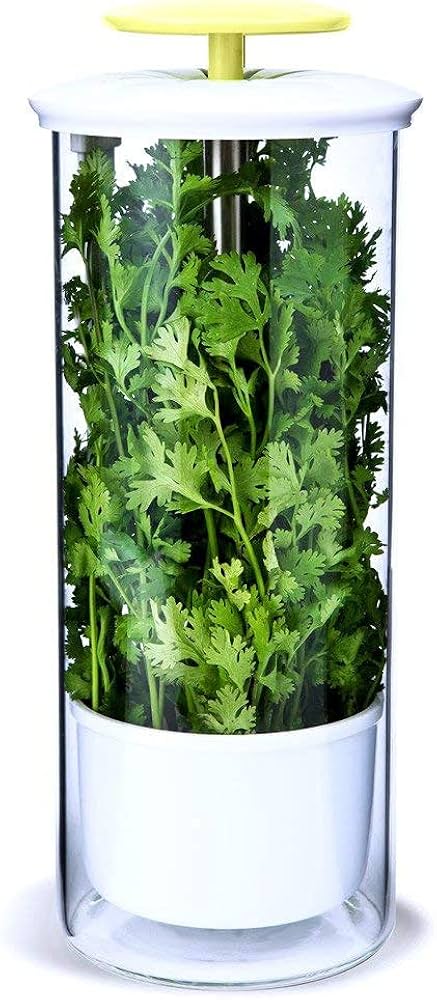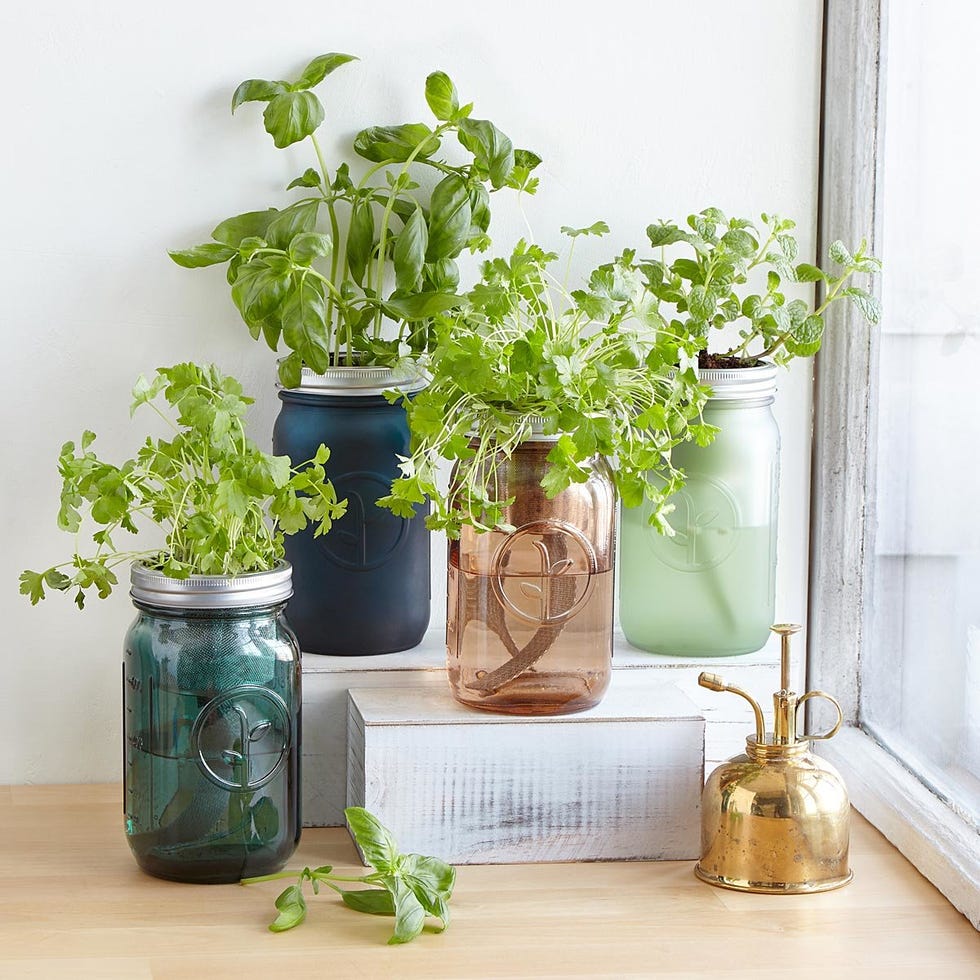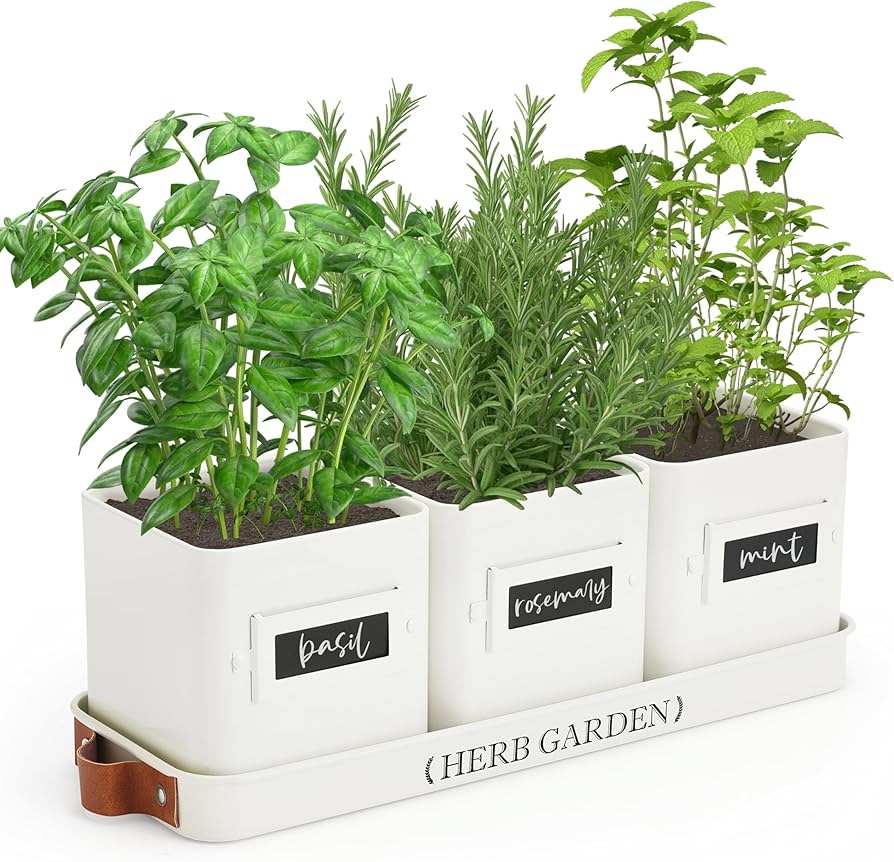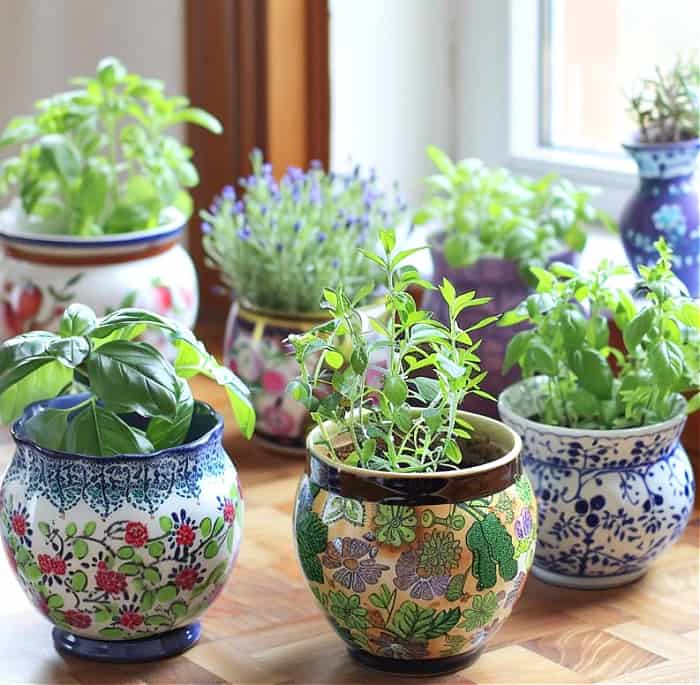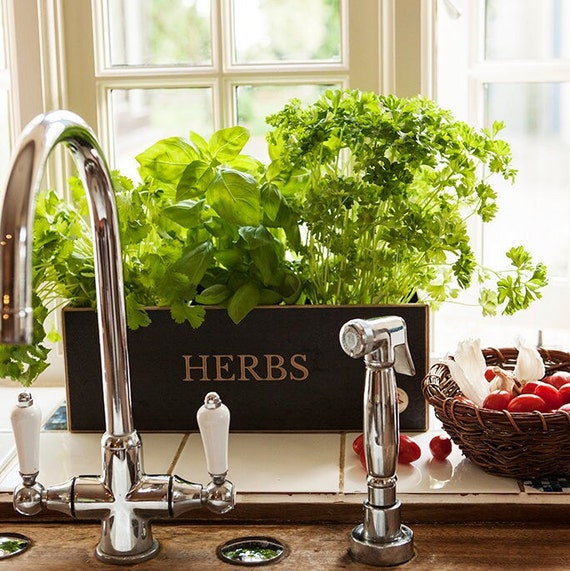When and How to Harvest Herbs
Harvest herbs in the morning after dew dries but before afternoon heat, when essential oil concentrations peak. Cut stems 1cm above a leaf node or branching point using clean, sharp scissors. Never remove more than one-third of the plant at once to ensure continued growth. For leafy herbs like basil and parsley, harvest outer leaves first, working toward the centre. This technique encourages bushier plants while providing steady harvests from Canadian windowsills.
